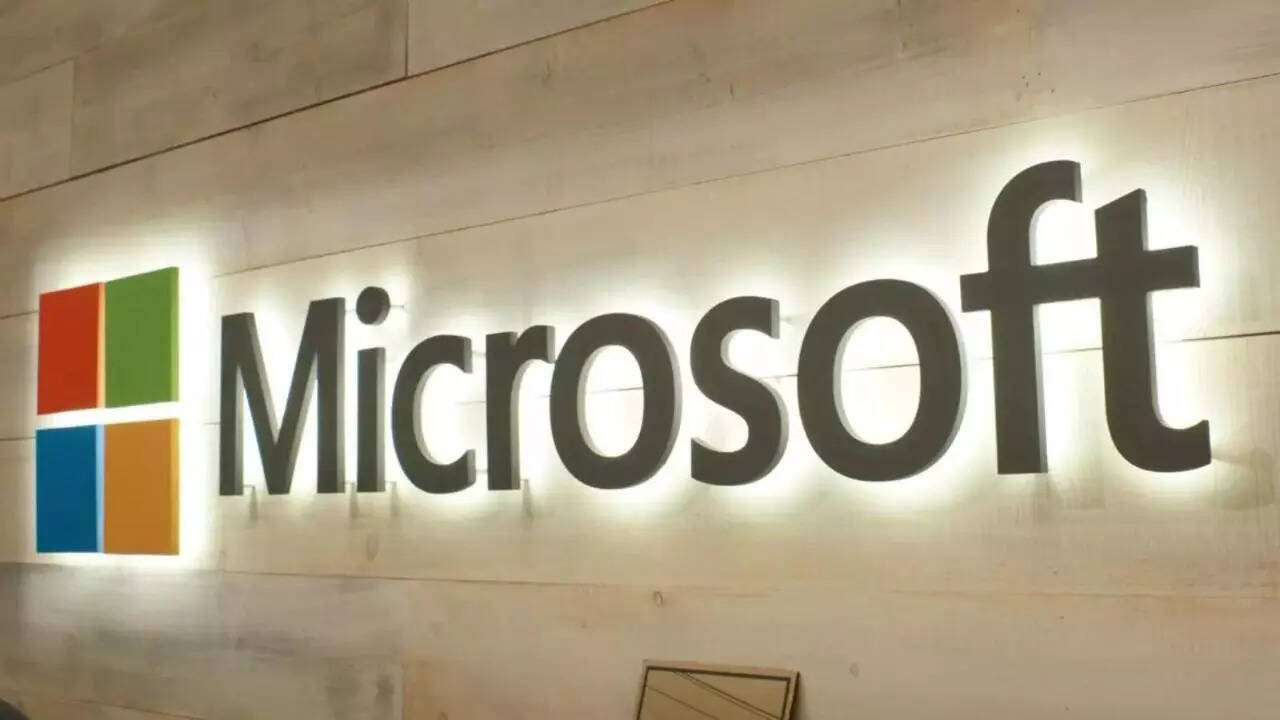U.S. inflation climbed to 2.7% in June, marking the highest level since February, driven by rising costs for gas, food, and groceries. This increase reverses months of cooling inflation and exceeds May’s 2.4% rise. The inflation spike presents a political challenge and may deter the Federal Reserve from cutting interest rates.
Is the Fed’s Rate Cut Dream Fading? June Inflation Numbers Paint a Complex Picture
The economic tea leaves are getting harder to read. Just when we thought we might be gearing up for a Federal Reserve rate cut, the latest inflation data throws a wrench into the works. Consumer prices, the barometer we all watch closely, unexpectedly jumped to 2.7% in June, according to the most recent numbers. This uptick raises serious questions about whether the Fed will be able to ease monetary policy anytime soon, especially as the US Presidential election looms.
What does this mean for your wallet, your investments, and the overall economic landscape? Let’s dive in.
A Closer Look at June’s Inflation Surge
For months, the narrative has been one of slowly cooling inflation. The Fed has been diligently hiking interest rates, aiming to bring inflation back down to its 2% target. We saw some progress, but this latest jolt suggests the journey might be bumpier than anticipated. The 2.7% figure surpasses earlier forecasts, injecting a dose of uncertainty into financial markets. This unexpected increase highlights the persistent stickiness of certain price pressures within the economy. Core inflation, which strips out volatile food and energy prices, also remained stubbornly elevated.
The surge could be attributed to a number of factors, including resilient consumer spending, ongoing supply chain hiccups in certain sectors, and a tight labor market that continues to fuel wage growth. The interplay of these forces makes predicting future inflation trends a particularly challenging task.

The Fed’s Dilemma: To Cut or Not to Cut?
The Federal Reserve now faces a tricky balancing act. On one hand, keeping interest rates high risks slowing down economic growth and potentially triggering a recession. On the other hand, cutting rates too soon could reignite inflationary pressures, undoing all the progress made over the past year. Fed officials have repeatedly emphasized that their decisions will be data-dependent. This latest inflation report puts extra weight on upcoming economic releases.
Will the Fed stay the course, maintaining its current stance until there’s clearer evidence of sustained inflation decline? Or will it risk a premature rate cut in an attempt to stimulate the economy? The answer isn’t clear, and the market is bracing for potentially volatile times ahead. Perhaps a look back at the causes of the previous inflationary period will help them plot a course forward.
Political Pressure Mounts on Donald Trump
The economic backdrop is further complicated by the upcoming presidential election. Incumbent presidents often face intense scrutiny over the state of the economy, and Donald Trump is no exception. High inflation can erode consumer confidence and impact voting decisions. The pressure on Trump to address rising prices will likely intensify in the coming months. He will likely point blame at the current administration, but voters will also make up their own minds.
Trump might be tempted to advocate for policies that promise quick fixes, such as increased government spending or trade protectionism. However, these measures could potentially exacerbate inflationary pressures in the long run. Navigating this political landscape while also addressing the underlying economic challenges will require a delicate touch.
Implications for Consumers and Investors
What does all of this mean for everyday Americans and investors? For consumers, higher inflation translates to reduced purchasing power. Your dollar simply doesn’t stretch as far as it used to, making it harder to afford everyday goods and services. Mortgage rates and borrowing costs could also remain elevated, impacting housing affordability and business investment.
Investors should prepare for continued market volatility. The uncertainty surrounding the Fed’s next move could trigger fluctuations in stock prices, bond yields, and currency values. Diversifying your portfolio and taking a long-term perspective can help navigate these uncertain times. It might be worth rebalancing portfolios to protect against future volatility.
The Path Forward: Uncertainty Persists
The June inflation data serves as a reminder that the fight against inflation is far from over. The Federal Reserve faces a complex challenge, balancing the risks of slowing economic growth with the need to keep inflation under control. The political landscape adds another layer of complexity, as the upcoming election puts pressure on policymakers to address rising prices. The next few months will be crucial in determining the direction of the economy and the future of monetary policy.
Ultimately, while the recent rise in US Inflation is concerning, it’s not necessarily indicative of a long-term trend. Further data releases in the coming months will be critical for gauging the trajectory of inflation and informing future Fed decisions.







